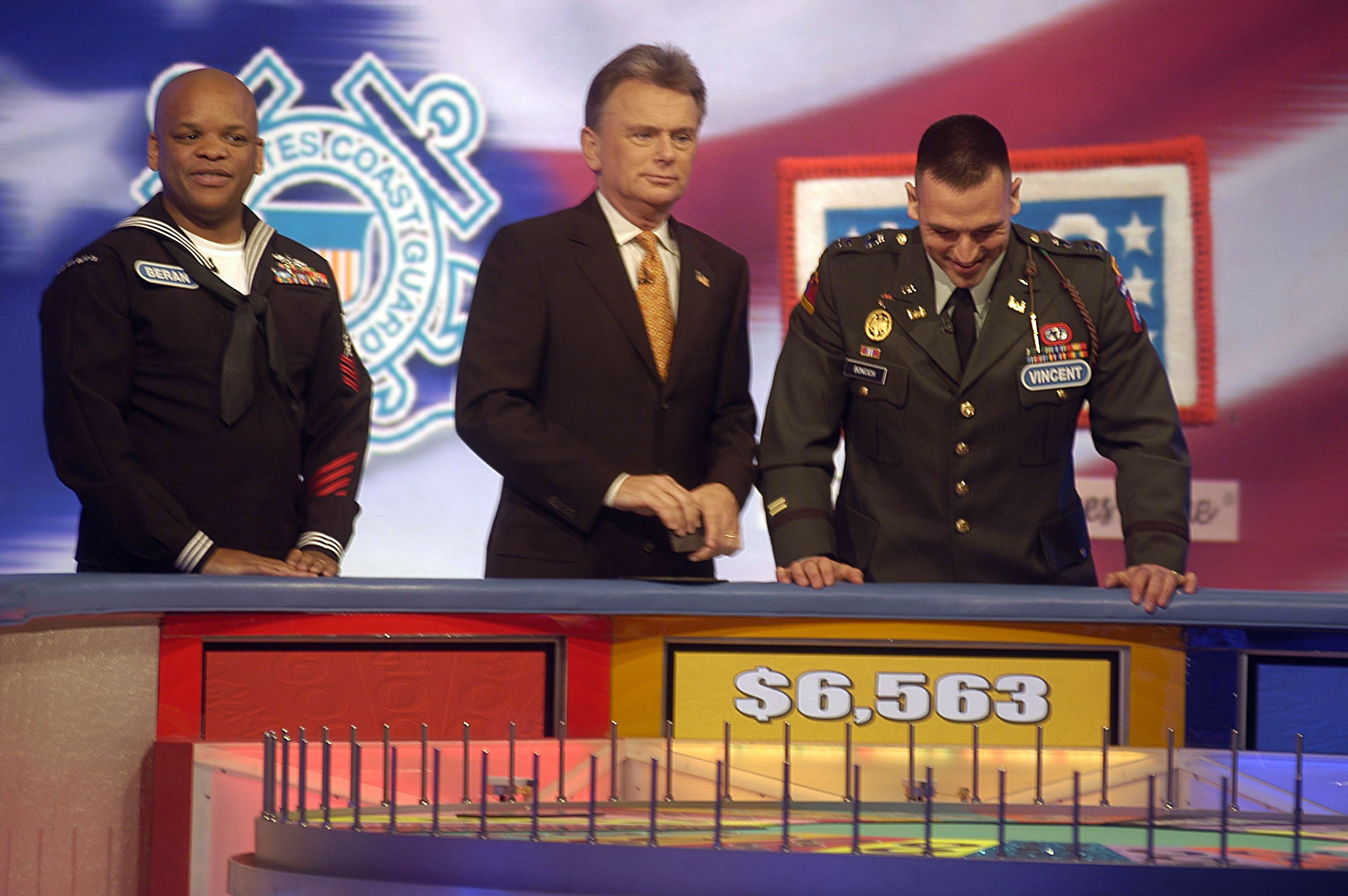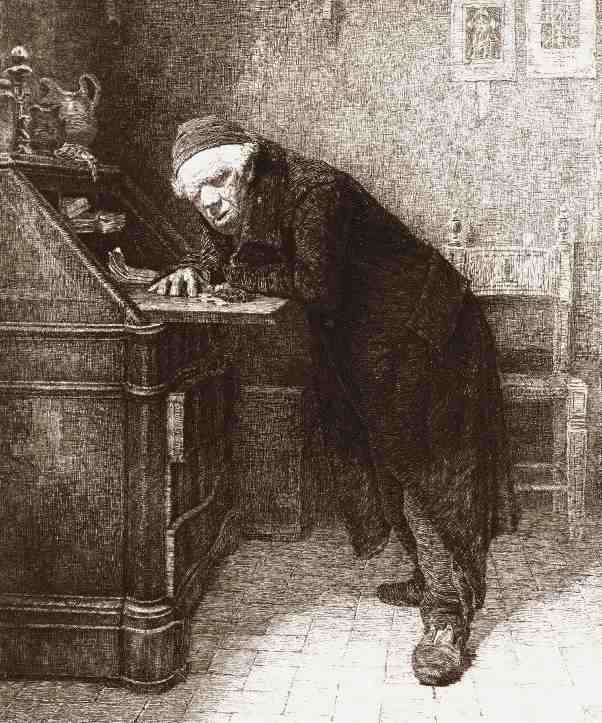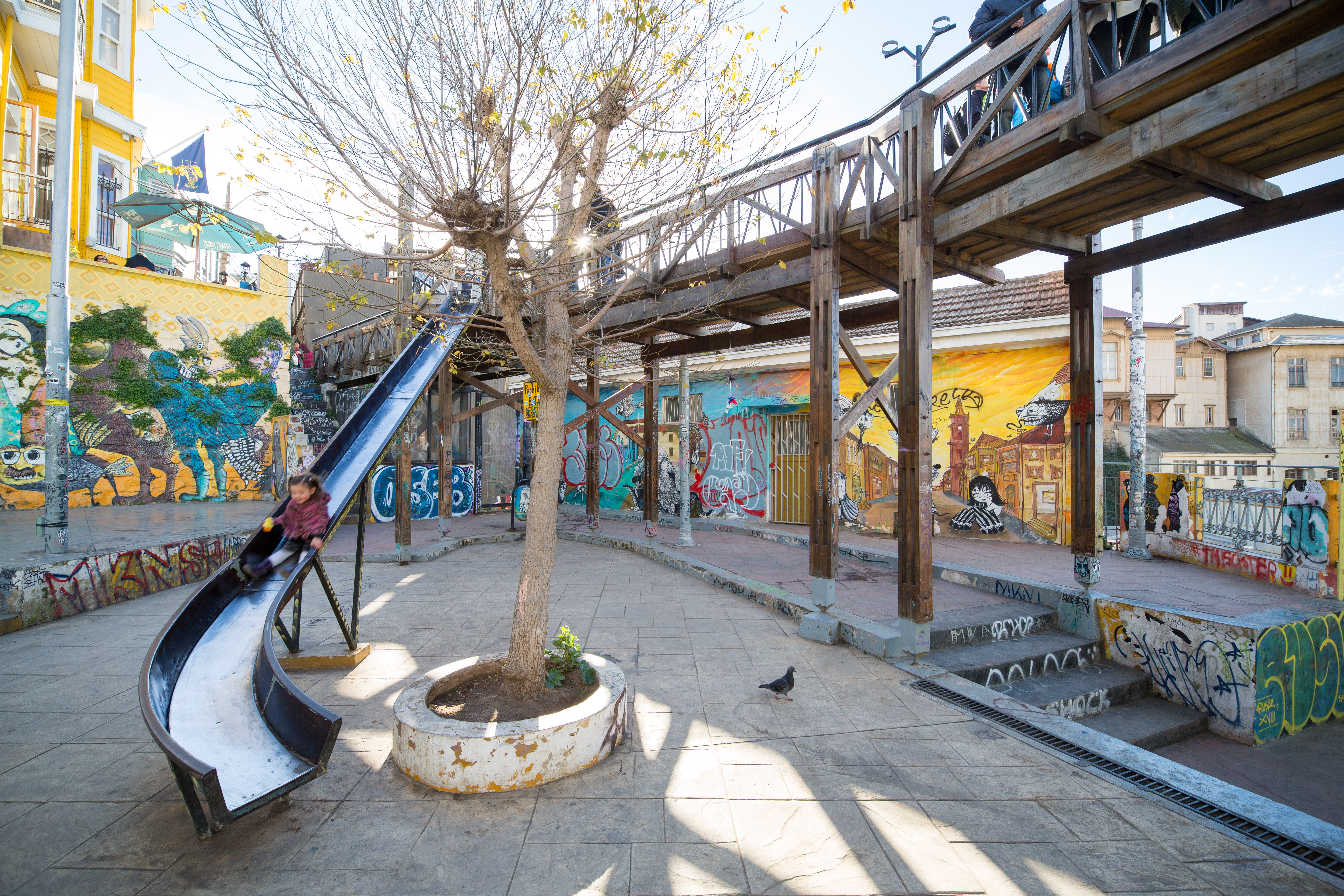|
Un, Dos, Tres
''Un, dos, tres... responda otra vez'' (), usually shortened as ''Un, dos, tres...'', and named ''Un, dos, tres... a leer esta vez'' () in its last season, was a Spanish prime-time television game show, created by Narciso Ibáñez Serrador, which was broadcast on La Primera Cadena of Televisión Española for ten seasons from 1972 to 2004. It became the most famous game show in the history of television in Spain and it was the first television show format exported outside Spain, with versions aired in the United Kingdom, Portugal, the Netherlands, Germany and Belgium. Structure Narciso (alias Chicho) Ibáñez Serrador created the show as a mixture of different traditional game show formats. It included a quiz show as the first round (called the question round), a physical competition as the second round (called the elimination round), and a luck and psychological game as the third round (called the auction). The show derives its name from these three parts (un, dos, tres means ... [...More Info...] [...Related Items...] OR: [Wikipedia] [Google] [Baidu] |
Game Show
A game show is a genre of broadcast viewing entertainment (radio, television, internet, stage or other) where contestants compete for a reward. These programs can either be participatory or Let's Play, demonstrative and are typically directed by a game show host, host, sharing the rules of the program as well as commentating and narrating where necessary. The history of game shows dates back to the invention of television as a medium. On most game shows, contestants either have to answer questions or solve puzzles, typically to win either money or prizes. Game shows often reward players with prizes such as cash, trips and goods and services provided by the show's sponsor. History 1930s–1950s Game shows began to appear on radio and television in the late 1930s. The first television game show, ''Spelling Bee (game show), Spelling Bee'', as well as the first radio game show, ''Information Please'', were both broadcast in 1938; the first major success in the game show genre was ... [...More Info...] [...Related Items...] OR: [Wikipedia] [Google] [Baidu] |
Miser
A miser is a person who is reluctant to spend, sometimes to the point of forgoing even basic comforts and some necessities, in order to hoard money or other possessions. Although the word is sometimes used loosely to characterise anyone who is mean with their money, if such behaviour is not accompanied by taking delight in what is saved, it is not properly miserly. Misers as a type have been a perennial object of popular fascination and a fruitful source for writers and artists in many cultures. Accounting for misers One attempt to account for miserly behaviour was Sigmund Freud's theory of anal retentiveness, attributing the development of miserly behaviour to toilet training in childhood, although this explanation is not accepted by modern evidence-based psychology. In the Christian West the attitude to those whose interest centred on gathering money has been coloured by the teachings of the Church. From its point of view, both the miser and the usurer were guilty of the ... [...More Info...] [...Related Items...] OR: [Wikipedia] [Google] [Baidu] |
Liquid
A liquid is a nearly incompressible fluid that conforms to the shape of its container but retains a (nearly) constant volume independent of pressure. As such, it is one of the four fundamental states of matter (the others being solid, gas, and plasma), and is the only state with a definite volume but no fixed shape. A liquid is made up of tiny vibrating particles of matter, such as atoms, held together by intermolecular bonds. Like a gas, a liquid is able to flow and take the shape of a container. Most liquids resist compression, although others can be compressed. Unlike a gas, a liquid does not disperse to fill every space of a container, and maintains a fairly constant density. A distinctive property of the liquid state is surface tension, leading to wetting phenomena. Water is by far the most common liquid on Earth. The density of a liquid is usually close to that of a solid, and much higher than that of a gas. Therefore, liquid and solid are both termed condensed matte ... [...More Info...] [...Related Items...] OR: [Wikipedia] [Google] [Baidu] |
Playground Slide
Playground slides are found in parks, schools, playgrounds and backyards. The slide is an example of the simple machine known as the inclined plane, which makes moving objects up and down easier, or in this case more fun. The slide may be flat, or half cylindrical or tubular to prevent falls. Slides are usually constructed of plastic or metal and they have a smooth surface that is either straight or wavy. The user, typically a child, climbs to the top of the slide via a ladder or stairs and sits down on the top of the slide and slides down the chute. In Australia, the playground slide is known as a slide, slippery slide, slipper slide or slippery dip depending on the region. Sliding pond or sliding pon (a corruption of "slide upon") is a term used in the New York City area, whereas sliding board is used in the Philadelphia area and other parts of the Mid-Atlantic. History The earliest known playground slide was erected in the playground of Washington DC's "Neighborhood House ... [...More Info...] [...Related Items...] OR: [Wikipedia] [Google] [Baidu] |
Tray
A tray is a shallow platform designed for the carrying of items. It can be fashioned from numerous materials, including silver, brass, sheet iron, paperboard, wood, melamine, and molded pulp. Trays range in cost from inexpensive molded pulp trays which are disposable and inexpensive melamine trays used in cafeterias, to mid-priced wooden trays used in a home, to expensive silver trays used in luxury hotels. Some examples have raised galleries, handles, and short feet for support. Trays are flat, but with raised edges to stop things from sliding off them. They are made in a range of shapes but are commonly found in oval or rectangular forms, sometimes with cutout or attached handles with which to carry them. A more elaborate device is the tray table, which is designed to accommodate a tray, or to serve as a tray itself. There are two primary kinds of tray tables. The TV tray table is typically a small table, which may have legs that fold to allow it to be carried like a tray. The ... [...More Info...] [...Related Items...] OR: [Wikipedia] [Google] [Baidu] |
Wine
Wine is an alcoholic drink typically made from fermented grapes. Yeast consumes the sugar in the grapes and converts it to ethanol and carbon dioxide, releasing heat in the process. Different varieties of grapes and strains of yeasts are major factors in different styles of wine. These differences result from the complex interactions between the biochemical development of the grape, the reactions involved in fermentation, the grape's growing environment (terroir), and the wine production process. Many countries enact legal appellations intended to define styles and qualities of wine. These typically restrict the geographical origin and permitted varieties of grapes, as well as other aspects of wine production. Wines not made from grapes involve fermentation of other crops including rice wine and other fruit wines such as plum, cherry, pomegranate, currant and elderberry. Wine has been produced for thousands of years. The earliest evidence of wine is from the Caucasus ... [...More Info...] [...Related Items...] OR: [Wikipedia] [Google] [Baidu] |
Un Dos Tres Eliminatoria
The United Nations (UN) is an intergovernmental organization whose stated purposes are to maintain international peace and security, develop friendly relations among nations, achieve international cooperation, and be a centre for harmonizing the actions of nations. It is the world's largest and most familiar international organization. The UN is headquartered on international territory in New York City, and has other main offices in Geneva, Nairobi, Vienna, and The Hague (home to the International Court of Justice). The UN was established after World War II with the aim of preventing future world wars, succeeding the League of Nations, which was characterized as ineffective. On 25 April 1945, 50 governments met in San Francisco for a conference and started drafting the UN Charter, which was adopted on 25 June 1945 and took effect on 24 October 1945, when the UN began operations. Pursuant to the Charter, the organization's objectives include maintaining international peace ... [...More Info...] [...Related Items...] OR: [Wikipedia] [Google] [Baidu] |





